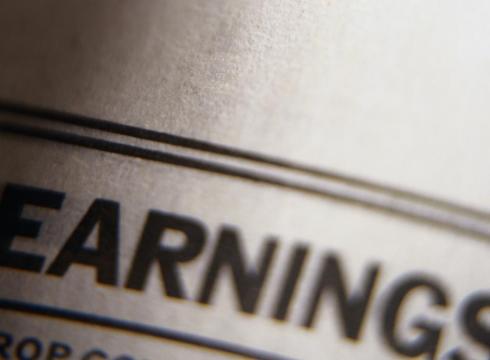The Reinhart's research also sheds some light on the tendencies of inflation following a collapse in credit. While they note the well documented periods following the 1929 stock market crash (severe deflation) and the 1973 oil shock (high rates of inflation), they also draw a distinction between these periods and the standard (but still severe) credit crises. For developed countries, inflation averaged 6.5 percent in the decade prior to each crisis and 2.2 percent in the decade that followed. Crises in emerging countries showed similar patterns. Inflation in these countries averaged 5.9 percent in the decade leading up to the crisis and 3.6 percent in the decade that followed. As the Reinhart's point out, “this is all the more remarkable considering that the emerging market countries all sustained massive devaluations/depreciations in their currencies at the height of the economic turmoil.”
Within this framework, we can construct an estimate for GDP growth over the next decade. In the 10-year period up to the peak of the 2008 credit crises, real GDP growth averaged 3.1 percent a year. Based on the Reinhart's research, it is reasonable to expect the economy to grow at somewhere between 1.5 percent and 2 percent over the next decade. Inflation averaged 2.5 percent leading up to the crises. That's low by historical standards, so a rough estimate based on their work might be about 2 percent. So, if the economy takes a decade to recover – which is standard for post credit crisis periods – then the US economy would be expected to grow at a 3.5 percent to 4 percent nominal rate over the next seven or eight years.
Following the worst 10-year returns for the S&P 500, the average cyclically-adjusted P/E was just 12, GDP growth over the following decade average 10.5%, earnings growth averaged 8.63%, and the S&P 500 return over the following decade averaged 11.33. Presently, the cyclically adjusted P/E is above 21, while the prospects for earnings growth are depressed, both based on potential GDP and on the typical aftermath of a credit crisis. It is worth remembering that investors in the Japanese stock market have had rolling negative 10-year returns since 1997.
The argument that above-average long-term returns typically follow periods of poor past long-term returns is not wrong, it's just incomplete. The more complete argument is above-average long-term returns can be expected to follow long periods of low or negative, provided that they end with low P/E multiples on smoothed earnings and precede a period where the economy can be expected to enjoy robust growth. Today, valuations are at levels that have normally been followed by 10-year returns that are well below average. At the same time, based on a template from more than a dozen prior credit crises, the argument that the economy will grow strongly over the coming decade finds little support.
Copyright (c) Husssman Funds











